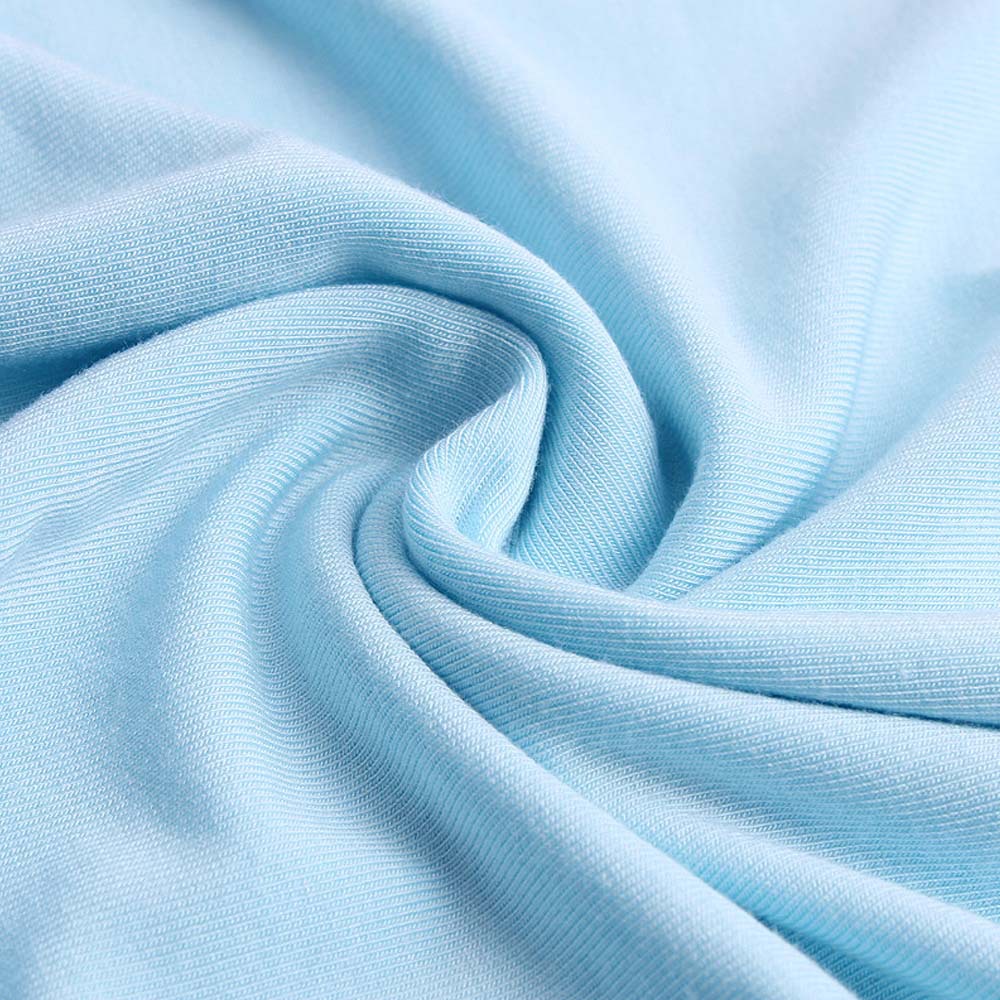Contact hotline

According to their different chemical structural characteristics, textile additives are mainly divided into two categories: surfactants and polymers.
According to their different ionic properties, surfactants can be divided into anionic, cationic, amphoteric, and non ionic types.
Anionic surfactants
According to their different hydrophilic groups, anionic surfactants can be divided into fatty carboxylate salts, fatty alcohol sulfate ester salts, alkyl sulfonates, alkylbenzene sulfonates, and phosphate ester salts. As the longest used, most widely used, and cheapest surfactant, anionic surfactants have excellent cleaning, emulsifying, and solubilizing effects. They are mainly used as detergents, wetting agents, scouring agents, and leveling agents in textile processing.
Cationic surfactant
According to their different structures, cationic surfactants can be divided into primary amine salts, secondary amine salts, tertiary amine salts, and quaternary ammonium salts. Cationic surfactants are commonly used as softeners, antistatic agent and leveling agents in textile processing due to their strong emulsifying, dispersing and foaming effects.
Amphoteric surfactants
According to their different structures, amphoteric surfactants can be divided into amino carboxylic acid, betaine, and imidazoline types. It not only has good penetration, emulsification, and cleaning effects, but also has low biodegradability and good compatibility. It is commonly used as a softening agent, leveling agent, etc. in textile finishing.
Non ionic surfactants
According to their different structures, non-ionic surfactants can be divided into fatty alcohol polyoxyethylene ether and Alkylphenol polyoxyethylene ether. Due to its strong emulsifying, degreasing, solubilizing, and low foaming properties, it is used in a large amount in textile processing, only second to cationic surfactants, and is commonly used as emulsifiers, leveling agents, and scouring agents.